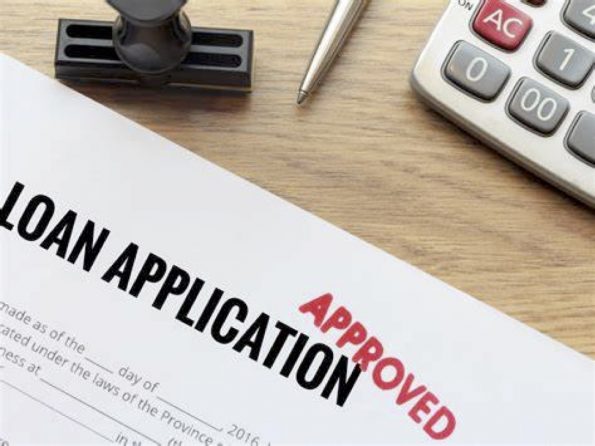Which Requirements Should You Consider Before Borrowing Personal Loans?
When considering a personal loan, it’s paramount to recognize the array of personal loan requirements that come into play. These prerequisites not only ensure one’s eligibility but also impact the feasibility and practicality of taking on the loan. Applicants will need to consider their credit score and history, income, debt-to-income ratio, and potential for collateral.

Each lender has its unique criteria, which may include additional specifics such as employment status or educational background. Therefore, individuals must meticulously evaluate these factors against their circumstances to determine their qualification for a personal loan.
In the process of this evaluation, prospective borrowers should be cautious to take a look at universal credit personal loan reviews and various loan offerings. Getting access to such comprehensive information can direct individuals to make more informed decisions tailored to their financial situation.
Key Takeaways
- Credit history and income are crucial for personal loan eligibility.
- Researching loan options streamlines the borrowing process.
- Reviewing loan terms ensures a well-suited financial agreement.
Understanding Personal Loan Basics
Before venturing into the world of personal loans, it’s crucial to understand the basics, including determining your loan needs, distinguishing between different loan types, and assessing various lender options. This foundational knowledge enables borrowers to navigate loan decisions with accuracy and confidence.
Determining Loan Needs
A borrower should first evaluate their financial necessity, pinpointing the exact loan amount that will meet their needs without leading to over-borrowing. It’s important to consider both the principal and the potential interest rate, as well as any associated fees. Utilizing a personal loan calculator can help in estimating monthly payments and total cost over the life of the loan.
Knowing Different Types of Personal Loans
Personal loans can be broadly categorized as either secured or unsecured loans. Secured loans require collateral, which the lender can claim if the borrower defaults. In contrast, unsecured loans do not require collateral and are typically granted based on the borrower’s creditworthiness. The APR (annual percentage rate) reflects the true cost of borrowing and varies between these types.
Assessing Lender Options
Borrowers have a range of choices when it comes to selecting a lender. These include traditional banks, credit unions, and online lenders. Credit unions often offer lower interest rates but may require membership. Online lenders may provide more flexible lending criteria or faster funding times compared to traditional banks. However, it’s vital to scrutinize the origination fee and repayment terms, as these can significantly affect the overall cost of the loan.
Qualifying for a Personal Loan
When considering a personal loan, prospective borrowers need to meet specific eligibility criteria set by lenders. These personal loan requirements generally center around creditworthiness, stable income, debt management, and a clear borrowing history.
Credit Requirements
Lenders assess credit scores as an indicator of risk, with higher scores favoring loan approval. A credit report details a borrower’s credit history, including past loans, credit cards, and payment history. Credit unions and banks may require a soft credit check during pre-qualification and a hard credit check upon application, affecting credit scores temporarily.
Income and Employment Verification
Proof of stable income is crucial, as it reassures lenders that the borrower can make monthly payments. Borrowers must present employment history, tax returns, and bank statements as proof of income. For self-employed individuals, 1099 forms or bank statements may suffice.
Understanding Debt-to-Income Ratio
The debt-to-income ratio (DTI) compares a person’s total monthly debt payments to their monthly income. Lenders use it to gauge a borrower’s ability to manage monthly payments and repay borrowed money. A lower DTI often improves the chances of loan approval.
Application Process
To pre-qualify for a personal loan, applicants submit an initial application detailing proof of identity (like a driver’s license), proof of address (such as a utility bill), and income verification documents. Full loan applications often require additional documents and a more detailed review of a borrower’s financial situation.
Conclusion
When considering a personal loan, individuals should closely review their credit score and history, as this is often the primary factor lenders evaluate. It is crucial to provide proof of steady income and maintain a low debt-to-income ratio to show repayment capability. Borrowers should also be prepared for possible collateral requirements or origination fees. They must ensure that all necessary documents are in order, which may include proof of identity and address. By understanding and meeting these core personal loan requirements, potential borrowers are better positioned to navigate the personal loan application process successfully.

